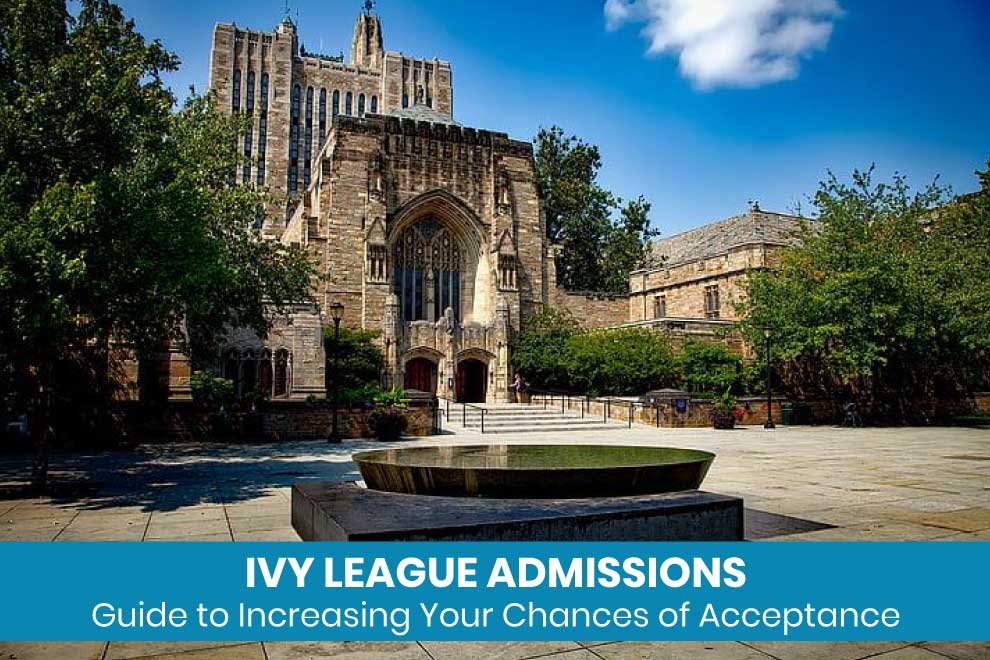At their core, athlete scholarships offer aspiring sports enthusiasts a means to obtain higher education while honing their athletic prowess. Rooted in the combination of academia and athleticism, monetary awards are granted to athletes excelling in their chosen sports.
Athlete Scholarships
Diving deeper into the intricacies of athlete scholarships, they span across a spectrum, ranging from full-ride scholarships covering all college costs to partial ones, addressing specific expenses. These scholarships aim to provide multiple benefits, such as easing financial burdens and opening doors to high-level athletic training and competition.
In its purest form, an athlete scholarship is a financial reward offered to talented individuals who excel in sports. It connects potential athletes with a platform that can help magnify their talents and shape their future careers. However, having an athletic scholarship isn’t a golden ticket to an easy college life. It requires consistent effort, remarkable performance, and a solid commitment to both sportsmanship and academic studies.
The Landscape of Sports Scholarships
Sports or athletic scholarships are financial awards provided to student-athletes based on their athletic achievements, skills, and potential contributions to a college or university’s sports program.
These scholarships can cover various expenses, including tuition, fees, room and board, and sometimes additional allowances for books and supplies. The primary aim is to attract talented athletes to enhance the competitiveness of collegiate sports programs while offering them a chance to pursue higher education.
The Numbers
The scale of sports scholarships is substantial, with numerous opportunities across different sports and divisions. According to the National Collegiate Athletic Association (NCAA), over $3 billion in athletic scholarships are awarded annually to more than 150,000 student-athletes in the United States. These scholarships are distributed among various high-profile and lesser-known sports, catering to various interests and talents.
NCAA and Other Governing Bodies
The NCAA, the principal governing body for collegiate sports in the U.S., is crucial in regulating sports scholarships. It establishes rules and guidelines to ensure fairness and equal opportunities for student-athletes across its three divisions. Division I, II, and III institutions have different regulations regarding the number and types of scholarships they can offer.
Apart from the NCAA, other collegiate athletic associations, such as the National Association of Intercollegiate Athletics (NAIA) and the National Junior College Athletic Association (NJCAA), also oversee sports scholarships. Each association has its own set of rules and regulations, providing flexibility for student-athletes to find the best fit for their academic and athletic aspirations.
Academic Eligibility and Balance
One crucial aspect of sports scholarships is the emphasis on academic eligibility. While athletic prowess is a significant factor, student-athletes must meet academic standards to maintain their scholarships. This approach reinforces the idea that sports scholarships are not merely a ticket to play at the collegiate level but a means to obtain a well-rounded education.
This balance between academics and athletics is exemplified by the term “student-athlete” itself, emphasizing the equal importance of both aspects. Many student-athletes achieve academic success, pursuing degrees that prepare them for careers beyond sports. This dual focus benefits individual athletes and contributes to the overall academic reputation of the institutions they represent.
And for fans looking to support their favorite student-athletes, utilizing a Fanatics Promo Code can make it even more exciting to gear up and show team spirit.
Impact on Diversity and Inclusion
Sports scholarships have played a transformative role in promoting diversity and inclusion in higher education. They have become avenues for individuals from various socio-economic backgrounds and underrepresented communities to access college opportunities that might have otherwise been out of reach. This inclusivity extends to gender and ethnicity, fostering a more diverse and representative student body on college campuses.
For example, Title IX, a federal law enacted in 1972, prohibits gender-based discrimination in educational programs, including sports. Title IX has been instrumental in expanding opportunities for female athletes, leading to a significant increase in women’s sports scholarships and a more equitable distribution of resources between men’s and women’s sports.
Success Stories
Numerous success stories underscore the transformative impact of sports scholarships. Take the story of Michael Oher, whose journey from homelessness to a scholarship at the University of Mississippi inspired the book and film “The Blind Side.” Oher’s athletic talents gave him an education and opened doors to a successful National Football League (NFL) career.
Similarly, the Williams sisters, Venus and Serena, received sports scholarships that paved the way for their illustrious tennis careers. Their experiences highlight how scholarships can act as catalysts for athletes to excel academically and professionally, breaking barriers and shattering preconceived notions about who can succeed in sports.
Recruitment Process and Scouting
The recruitment process for sports scholarships is intricate and involves a combination of talent scouting, performance evaluation, and academic assessment. Coaches and recruiters seek out potential student-athletes through high school competitions, tournaments, and showcases. Athletes can also proactively reach out to college coaches, showcasing their achievements and interest in joining a particular program.
The process extends beyond athletic prowess, with coaches looking for leadership, teamwork, and dedication. In addition to skills in the field, academic achievements, standardized test scores, and letters of recommendation often play pivotal roles in the evaluation process. This comprehensive approach ensures that student-athletes contribute athletically and thrive academically within the collegiate environment.
The Role of Private and External Scholarships
While the NCAA and other collegiate athletic associations govern many sports scholarships, private and external scholarships are provided by individuals, organizations, and sports foundations. These scholarships may be specific to certain sports, demographics, or academic disciplines. They offer additional avenues for student-athletes to secure financial support and pursue their educational and athletic goals.
These external scholarships contribute to the broader landscape of opportunities available to student-athletes and showcase the diverse ways individuals and organizations are invested in supporting the next generation of leaders, both on and off the field.
Conclusion
Sports scholarships are potent catalysts for personal and academic growth, unlocking doors to educational opportunities that might otherwise remain closed. The impact of these scholarships extends far beyond the sports arena, shaping the lives of individuals, fostering diversity and inclusion, and contributing to the overall enrichment of collegiate environments.













